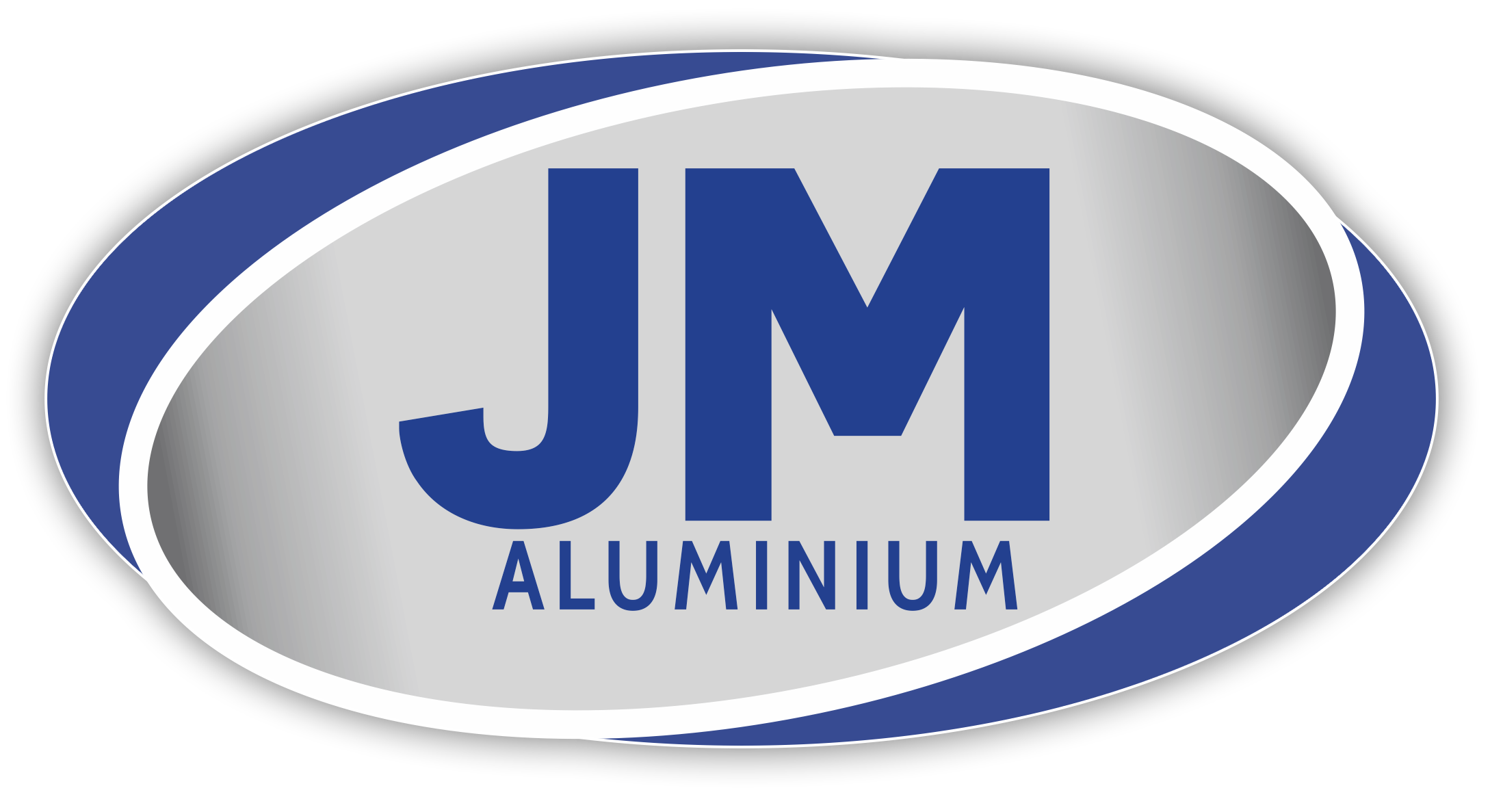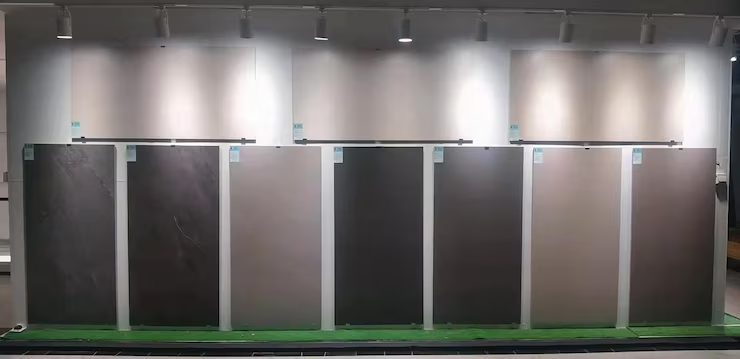Aluminium Finishing Types: Understanding the Benefits and Surface Styles
Aluminium’s remarkable blend of lightweight strength, corrosion resistance, and adaptability has transformed several industries. However, the basic material is just the start of the possibilities of aluminium. Ordinary aluminium is transformed into exceptional surfaces with improved qualities suited to particular uses through the finishing process. Aluminium coatings greatly increase performance capabilities while creating visual distinctiveness, whether the purpose is to add functional features, enhance aesthetic appeal, or protect against environmental conditions. Eight key varieties of aluminium natural anodised finish are examined in this article, along with information on their special advantages and surface properties.
Mechanical Polishing: Creating Reflective Brilliance
The combination of sequential abrasion methods using particular compounds and suitable buffing wheels transforms dull metal into reflective mirror surfaces. The extended aluminium treatment process clears surface problems and generates an extremely bright finish through its demanding work cycle. The useful benefits of polished surfaces encompass minimal friction resistance and greater cleanliness characteristics. Polished aluminium proves highly valuable for lighting through reflection, which boosts illumination performance. Proper aluminium polishing delivers maximum brightness for luxury products, decorative items and important architectural elements, yet owners need to routinely care for the surface to retain the polish effect. The required level of polish in a specific application determines the degree of finish between satin and mirror reflection.
Anodizing: Hardened Protection with Colourful Possibilities
The distinctive finishing technique for aluminium is anodizing, which produces a regulated oxidation layer that is an essential component of the metal’s surface composition. The outer layer of aluminium is changed by this electrochemical process into aluminium oxide, which is much tougher than raw aluminium and incredibly resistant to wear and corrosion. A variety of vivid, fade-resistant colour choices that last for decades are made possible by the porous surface that results from the application of colorants. Because the colour becomes a part of the metal rather than a surface coating, anodized coatings are resistant to chipping and peeling. From ornamental “Type II” applications to industrial-strength “Type III” (hard anodizing) that offers remarkable durability in challenging conditions while preserving electrical insulation qualities that are useful in a wide range of technical applications, the process permits a variety of thickness specifications.
Powder Coating: Versatile Protection with Textural Options
By applying electrostatically charged polymer particles that stick to metal surfaces and melt into a continuous protective layer as it cures, powder coating provides remarkable durability and ornamental variety. The solvent-free finishing technique enables the creation of eco-friendly coatings, which include almost limitless colour options and a range of textures and gloss levels. The application of powder-coated aluminium finishes demonstrates enhanced impact strength and distinctive abilities to fight against corrosion as well as chipping, fading and scratching. Assemblies of specially produced powders from this method shape performance features which incorporate UV protection and antibacterial capabilities along with chemical resistance properties. Modern powder coating techniques enable the achievement of specialized finishing effects such as metallic textures, hammer effects and wrinkle appearances, which add tactile interest and visual appeal to protected aluminium surfaces without compromising durability or consistency in large-scale manufacturing.
Chemical Conversion Coatings: Invisible Protection for Critical Applications
Chemical conversion coatings change aluminium surfaces by converting the outer layer of the material into protective chemicals through carefully regulated chemical processes. The microscopically thin protective coatings produced by phosphate conversion (which produces clear/grayish finishes) and chromate conversion (which produces gold/yellow tints) improve corrosion resistance and provide a great base for further finishes like paint or adhesive bonding. In electronic applications, these treatments greatly enhance electrical characteristics and contact resistance. These coatings’ undetectable thinness ensures that components with crucial specifications have exact dimensional tolerances. Environmentally friendly trivalent chromium and chromium-free alternatives have surfaced to address environmental and regulatory concerns while providing comparable performance benefits for sensitive applications across the aerospace, electronics, and industrial sectors, despite the fact that chromate treatments have historically dominated this category.
Electroplating: Adding Metallic Character to Aluminium Surfaces
Thin metal coatings of nickel, chromium, copper, or zinc are deployed on aluminium through electrochemical electroplating procedures. Plating aluminium maintains its weight advantages yet creates the visual effects of different metal materials. Electroplated layers require several preliminary treatments before attachment to aluminium because the metal surface has a natural resistance to bonding. Electroplated coatings raise multiple beneficial properties, including solderability, electrical conductivity, wear resistance and surface hardness, while providing aesthetic value. The resistance to corrosion in maritime environments makes nickel plating superior to chrome-plated aluminium, but manufacturers mostly use chrome-plated aluminium for consumer products and vehicle trims. Electroplating is especially useful for electronic components and high-performance mechanical applications that require unique surface qualities because multi-layer systems that combine many metals produce specialized performance characteristics customized to certain industrial requirements.
Ceramic Coating: Next-Generation Thermal Performance
The application of silica-based formulas for generating glass-like protective barriers with outstanding heat resistance and thermal insulation properties represents advanced aluminium finishing technology. The specialized coatings excel at chemical protection and environmental longevity and sustain heat temperatures exceeding 1000°F. Hydrophobic properties from these coatings create surfaces that remain easy to clean and have self-cleaning abilities along with resistance to stains. The market for ceramic-coated aluminium continues to expand both in industry applications and automobile components that perform at high levels in challenging architectural environments. These coatings’ minuscule thickness preserves dimensional accuracy while giving completed parts very little weight. Ceramic coatings are especially useful for components subjected to temperature cycling, chemical exposure, or harsh weather conditions since they provide outstanding adherence and lifespan even under the most demanding circumstances, thanks to advanced application processes like plasma spraying.
Media Blasting: Textured Finishes with Industrial Character
By applying controlled pressure to abrasive particles, media blasting produces unique textured finishes on metal surfaces. Depending on the media type, size, hardness, and application pressure, this adaptable method yields finishes that range from delicate matte textures to intense industrial looks. While aluminium oxide media produces more aggressive textures that make for excellent grip surfaces for functional components, glass bead blasting produces elegant satin finishes perfect for architectural applications. Beyond appearance, blasted surfaces have useful advantages, including better paint adherence, less glare, and the capacity to conceal small surface flaws. The technique eliminates surface impurities and gives a consistent look across welds and material transitions.
Conclusion
The advancement of aluminium continues across multiple sectors, from architecture to aerospace, as proven by the diverse finishing choices of its surfaces. Surface finishing styles of aluminium enable producers to harness its natural attributes through specific combinations between performance upgrades and extended durability and aesthetic impact. Consider every performance factor together with exposure to environmental conditions, maintenance needs and desired aesthetics and functionality before selecting your aluminium finish. The right satin anodized finish method enhances its inherent qualities of strength and light weight alongside recyclability by achieving the best possible blend of functionality and appearance.




